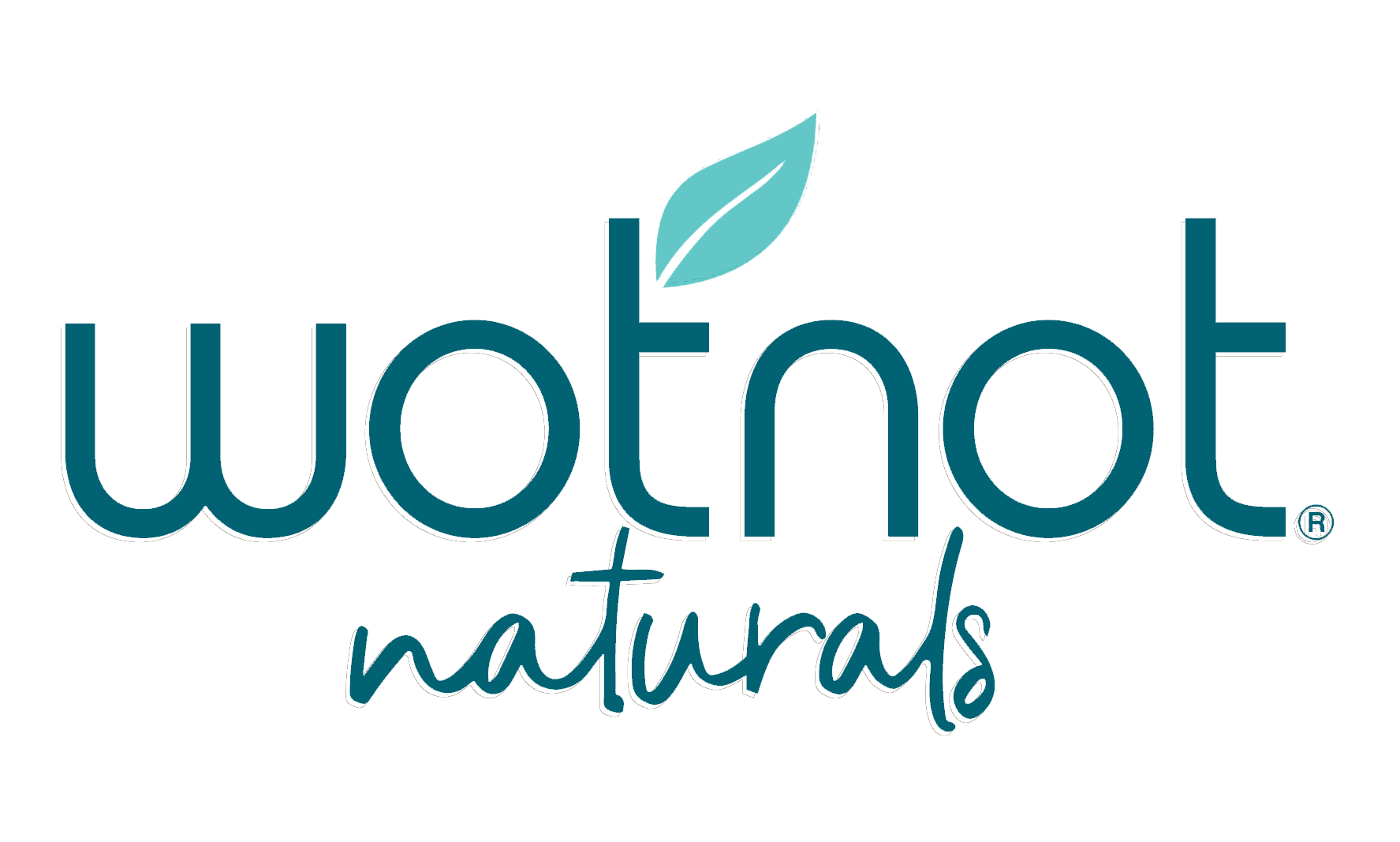Congratulations, you are pregnant! And so begins the thrill of shopping for tiny newborn onesies, choosing nursery themes and becoming more health conscious than you have ever been. Your doctors will tell you to drink plenty of water, eat a wholesome diet, and ensure you are taking the right prenatal vitamins… but has the conversation progressed to mindfully choosing safe skincare in pregnancy?
Our bodies absorb a portion of what we apply topically, and some of this can transfer through our bloodstream, and to our growing babes either through the placenta, or later, via breastmilk. For this reason, we want to ensure that when this happens, the chemicals they are exposed to will not interfere with normal growth and development.
Especially during the summer months, even those who usually pay no mind to sunscreen, find themselves lathering it on to prevent harmful sunburns. With sunscreen likely being a part of your daily routine, it is worth taking a close look at the ingredients and chose a low toxin sunscreen.
Active ingredients within chemical sunscreen includes oxybenzone, avobenzone, octisalate, octocrylene, homosalate and / or octinoxate. These ingredients are readily absorbed by the skin and may then reach the fetus. This is concerning, as these ingredients are considered endocrine disruptors which can cause harmful cell changes during embryonic development.
One study detected hormone disrupting UV filters and parabens from chemical sunscreen in the placenta of all samples taken. Another study detected chemical UV filters in 85% of breast milk samples obtained; while another study found these harsh chemicals on the skin and in the blood weeks after no longer being used. This also means that its worth investigating what toxins to avoid during conceiving as well.
Oxybenzone
A study reported that pregnant women in their first trimester who apply sunscreen containing 6 percent oxybenzone twice a day (the recommended usage) can absorb the chemical into their bloodstream. It may then reach the fetus, causing harmful cell changes during embryonic development as it is considered an endocrine disruptor. Another study reported statistically significant associations between oxybenzone exposure during pregnancy and birth outcomes. One reported shorter pregnancy in women carrying male foetuses, two reported higher birth weights for baby boys and one found lower birth weights for baby girls.
Several countries ban the sale of sunscreens that contain this ingredient, however, it can still be found in sunscreens within Australia.
Octinoxate
Octinoxate is another synthetic chemical which acts as a UV filter, but can also have hormone effects on the metabolic system and affect thyroid hormone production.
Homosalate
Homosalate is widely used in chemical sunscreens, can disrupt hormones and produce toxic breakdown by-products over time. The European Commission recommends a maximum concentration of 1.4 percent, however, in Australia the TGA allows manufacturers to use it in concentrations of up to 15 percent. Yikes.
Octocrylene
Octocrylene absorbs through the skin at 14 times the recommended cutoff for systemic exposure, and can often be contaminated with cancer-causing benzophenone.
All of this might leave you wondering how on Earth these ingredients could be allowed in our skincare products. Well, the answer is not simple and relates to regulatory change being slow. But there is a solution! All thanks to ever-evolving science and innovation, there are now safer sunscreen options available on the market today.
These are called mineral sunscreens.
Mineral sunscreen, such as our Natural Sunscreen is made from all natural, certified organic ingredients that make it a safe sunscreen for pregnancy and conceiving. The Wotnot Natural Sunscreen uses zinc oxide as its active ingredient. This is particularly valuable because of zinc oxides ability to filter UVA as well as UVB radiation, allowing for broad spectrum protection. It is safe and effective, with evidence suggesting that few, if any, particles penetrate the skin to reach living tissues.
In addition to being free from the toxins to avoid during pregnancy and conceiving, the Wotnot Natural Sunscreen is made without the use of GMO’s, and is free from sulphates, petrochemicals, parabens, artificial preservatives and fragrances.
The preservative used is natural, vegetable based and Australian Certified Organic; and the additional ingredients which gives it its smooth consistency, such as jojoba oil, grapeseed oil, safflower oil and shea butter can have beneficial anti-inflammatory and antioxidant effects on the skin!
Another added bonus? It is reef-friendly and safe for children from 3 months old – so you can feel good about providing the best for your growing babe, as well as the planet.
So mama, congratulations on your new pregnancy! Tick safe sunscreen for pregnancy off your list, and move on to exciting nursery themes! You got this.
written by Chelsea Hyett, Low Tox Movement









